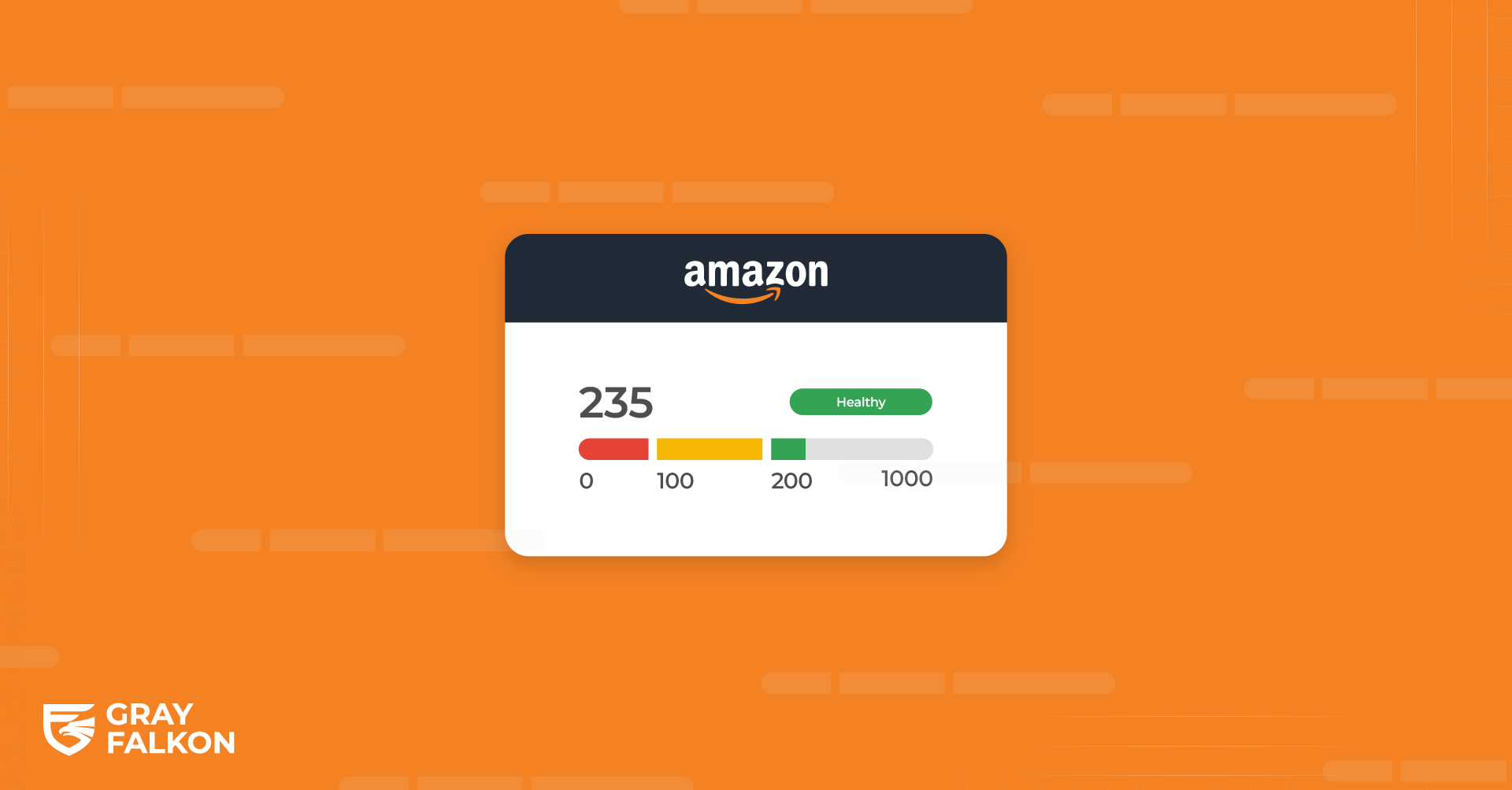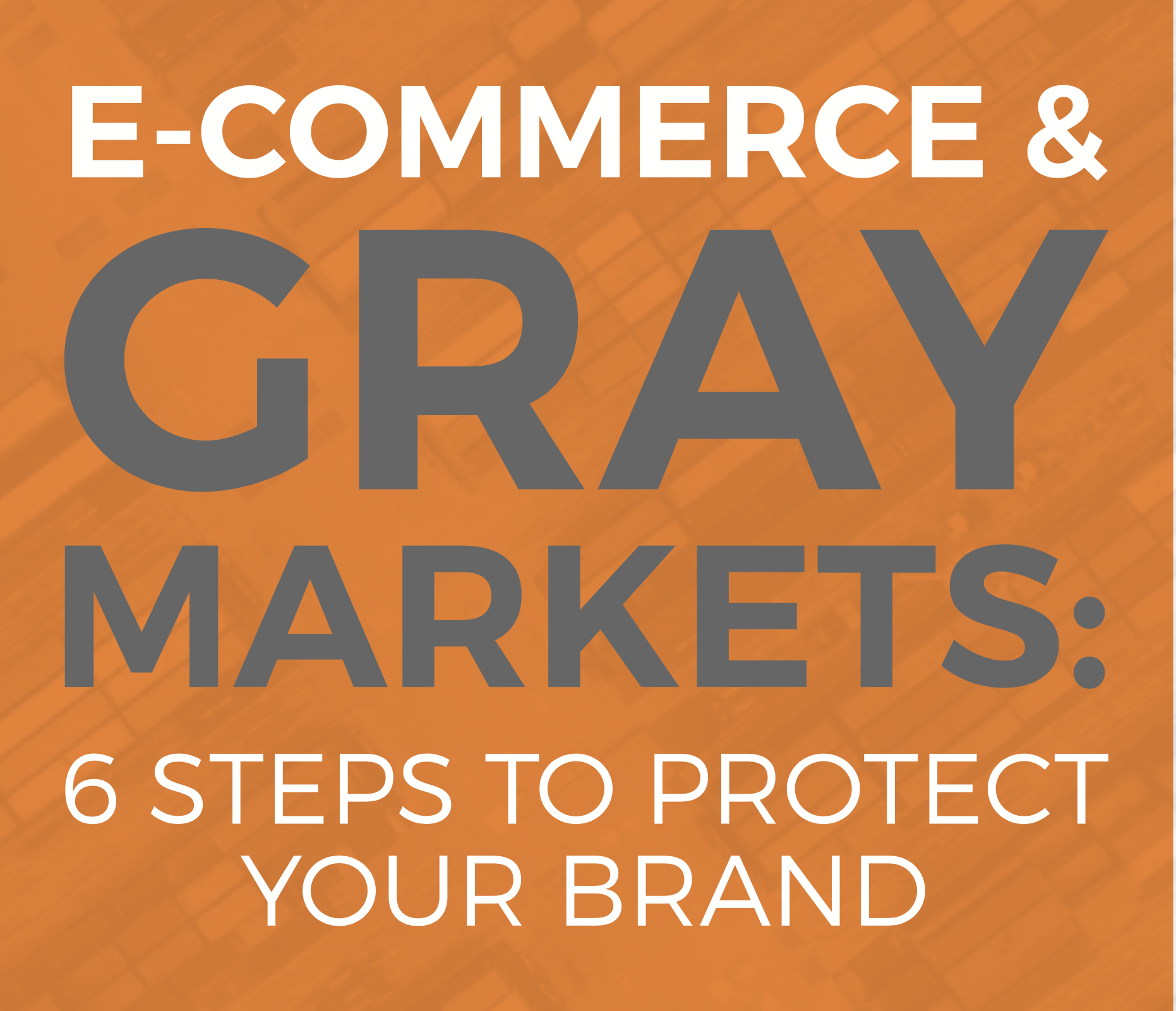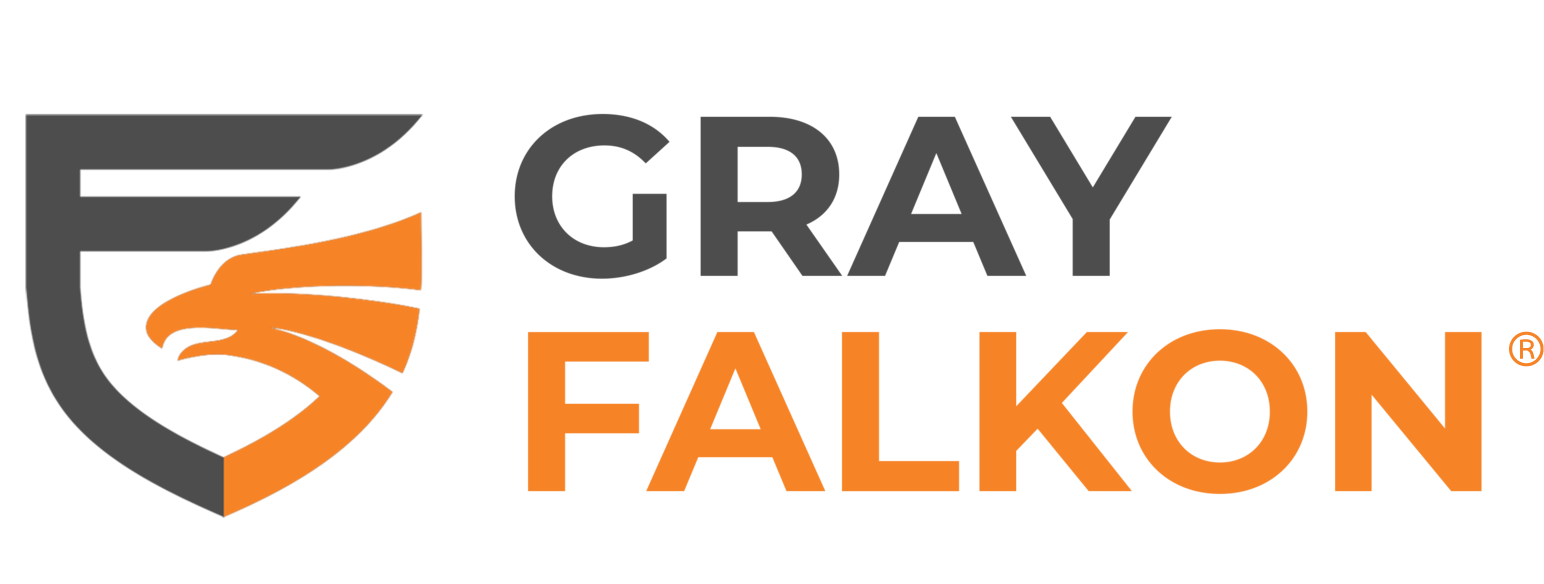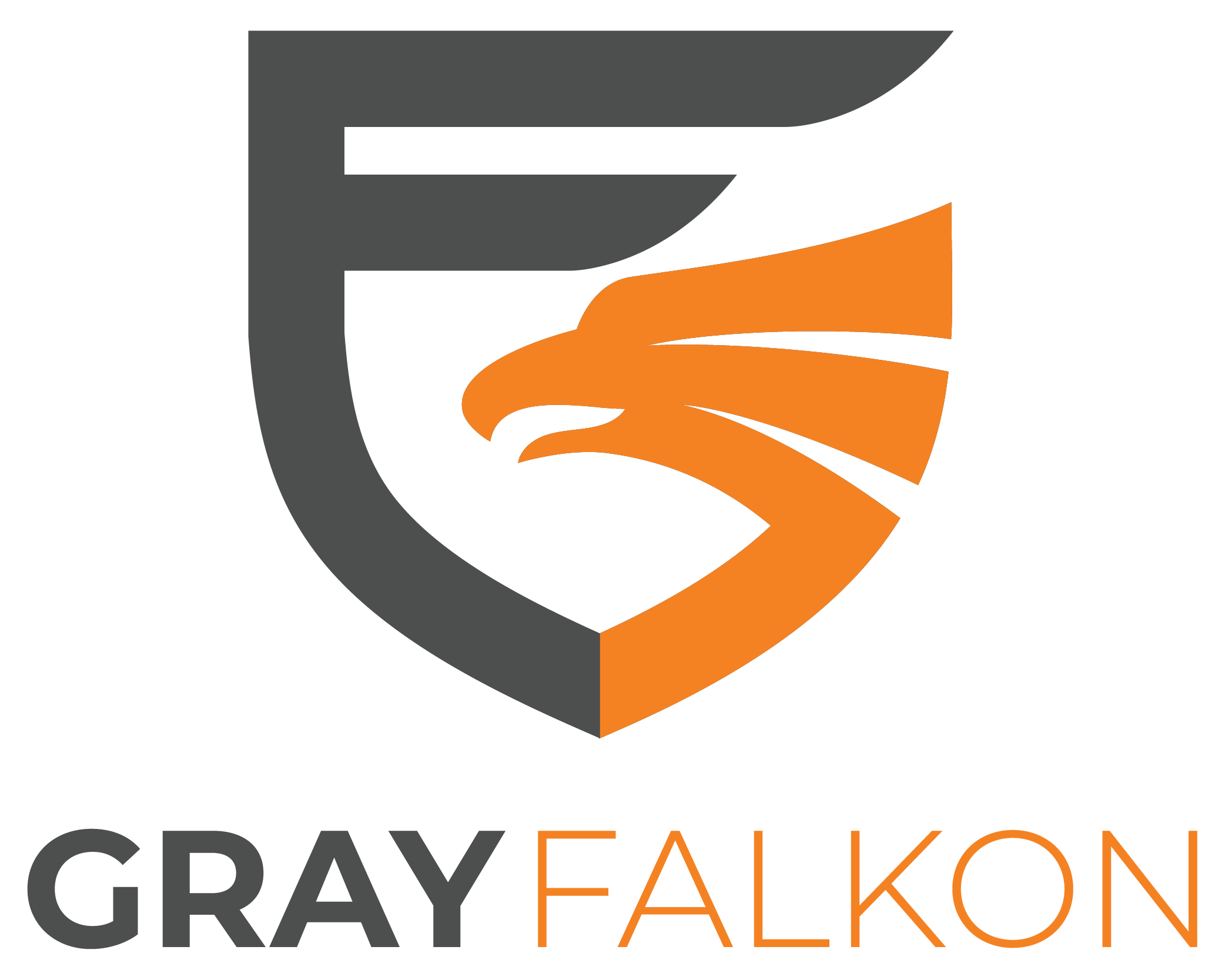
Falkon Focus: Unauthorized sellers erode margins, undercut prices, and damage brand trust. Amazon’s Account Health Rating (AHR) gives brands a powerful way to fight back by leveraging policy violations that trigger real consequences, including suspensions, frozen inventory, and withheld funds. With AI-driven monitoring and automated enforcement, Gray Falkon helps brands harness AHR to remove bad actors, reclaim marketplace control, and protect long-term growth.
Unauthorized sellers are silently eroding your brand’s value on Amazon. They’re undercutting prices, delivering subpar customer experiences, and damaging your reputation, all while you struggle to regain control. But what if there was a way to turn Amazon’s own system against these bad actors?
Enter Amazon’s Account Health Rating (AHR), the platform’s internal scorecard that could become your most powerful brand protection tool. This isn’t just another metric to monitor, it’s a strategic weapon that savvy brands are using to systematically remove unauthorized sellers and reclaim their marketplace dominance.
The Hidden Cost of Unauthorized Sellers
Amazon’s marketplace hosts more than 2 million sellers, all innovating and competing for market share. Among these legitimate businesses lurk unauthorized sellers who operate without accountability, creating a perfect storm of brand damage.
Consider this sobering reality: for one Gray Falkon customer, 74% of chocolate products bought from unauthorized sellers arrived melted, damaging the brand’s reputation. When consumers receive damaged goods, they don’t blame the anonymous seller, they remember your brand name and blame you.
These unauthorized sellers create multiple problems:
- Price erosion through aggressive undercutting
- Channel conflict with authorized retailers
- Quality issues that damage brand reputation
- Compliance violations that put consumers at risk
- Lost market share to unscrupulous competitors
Traditional legal approaches often fall short because these sellers aren’t necessarily breaking the law, they’re just operating without your permission. That’s where Amazon’s Account Health Rating becomes your secret weapon.
The Resource Gap Crisis: Why Most Brands Are Fighting Blind
Here’s the uncomfortable truth about brand protection on Amazon: 52% of brands have no dedicated support for Amazon Brand Protection, with only 8% having full-time employees dedicated to this crucial area. This resource gap isn’t just a staffing issue, it’s a strategic vulnerability that unauthorized sellers exploit daily.
The problem runs deeper than simple understaffing. 77% of brands cite lack of internal understanding of Amazon’s complexities as the primary reason for under-resourcing brand protection efforts. Meanwhile, Amazon’s AI systems process policy complaints automatically, making decisions based on documentation quality, requiring brands to match this technological sophistication.
This creates a dangerous imbalance: while brands struggle with manual processes and limited resources, both Amazon and bad actors have embraced automation and AI. Unauthorized sellers use sophisticated tools to create listings, manipulate rankings, and evade detection, while Amazon’s enforcement systems become increasingly automated. Brands caught in the middle with part-time, cross-functional support simply cannot compete at this level.
The solution isn’t just hiring more people, it’s implementing AI and automation tools that can operate at Amazon’s scale and speed. Without this technological foundation, even well-intentioned brand protection efforts will fall short against more than 2 million sellers and Amazon’s algorithmic enforcement systems.
Understanding Amazon’s Account Health Rating System
Amazon’s AHR operates as a comprehensive scorecard that measures seller performance across multiple dimensions. The Account Health Rating starts at 200 points, and when sellers fall below this threshold, their account health and overall presence on Amazon can be imperiled.
Amazon’s Account Health Rating is based on three key pillars that each represent a critical aspect of the customer experience that Amazon fiercely protects:
- Customer Service Performance: Customer service performance measures Order Defect Rate (ODR), including negative feedback, chargeback claims, and A-to-Z Guarantee claims. Poor customer service directly impacts a seller’s standing.
- Shipping Performance: Late shipments and invalid tracking numbers quickly damage a seller’s rating, especially for those using Fulfilled by Merchant services.
- Policy Compliance: Amazon maintains thousands of rules governing seller behavior. Violations in this area create the biggest opportunities for brand protection.
The Power of Policy Violations in Brand Protection
Here’s where the AHR strategy gets interesting. While intellectual property violations are powerful, they’re not the only tool in your arsenal. Policy violations can result in seller account suspension, deactivation, as well as freezing of seller inventory, and withholding of funds.
High-Impact Policy Violations to Monitor
- Meltable Products Violations: Unauthorized sellers often skip expensive temperature-controlled shipping, resulting in damaged products that reflect poorly on your brand.
- Bundling Violations: Creating unauthorized product bundles or combining items from different brands violates Amazon’s policies.
- ASIN Creation Policy Violations: Sellers creating duplicate listings, misleading ASINs, or selling discontinued packaging versions face serious consequences.
- INFORM Consumers Act Violations: This federal law requires sellers to provide accurate business information. False addresses, non-existent corporations, or empty contact fields trigger immediate Amazon attention.
- Product Condition Misrepresentation: Selling returned, damaged, or expired products as “new” creates both customer complaints and policy violations.
- Review Solicitation Violations: Package inserts requesting reviews, offering incentives, or directing customers to external storefronts violate Amazon’s guidelines.
Action Steps for Policy Violation Reporting
Brands can report unauthorized seller policy violations through multiple channels: Brand Registry’s Report a Violation tool, the public infringement form, or Seller Central case log. For counterfeits, they can also escalate through Amazon’s Counterfeit Crimes Unit. Success depends on providing clear evidence linking the violation to Amazon policies.
Your violation reporting strategy should include:
- Monitor listings for unauthorized sellers and policy violations
- Identify unauthorized sellers through systematic auditing
- Gather evidence of violations through CX Audits
- File concise reports with clear documentation
- Rapid escalation and resubmissions when necessary
- Maintain continuous monitoring and follow-up on all cases
The Connection Between Policy Violations and Healthy AHR
Every policy violation impacts a seller’s Account Health Rating. When Amazon determines misbehavior has occurred, scores drop, warnings are issued, and accounts can be suspended. The beauty of this system is that it’s self-reinforcing, sellers who consistently violate policies face escalating consequences that ultimately remove them from your listings.
Amazon’s AI systems process these complaints automatically, making decisions based on documentation quality and policy adherence. This means that well-documented, policy-specific complaints have the highest success rates.
Leveraging Amazon’s Policies for Maximum Impact
The key to success lies in understanding which policies Amazon is actively enforcing. These priorities shift regularly, creating new opportunities for brand protection.
Currently, High-Priority Violations include:
- INFORM Consumers Act compliance
- Product authenticity and condition issues
- ASIN creation policy violations
- Meltable product shipping requirements
- Review manipulation and solicitation
- Bundling policy violations
Success Stories: Real Results
The results speak for themselves. Brands partnering with Gray Falkon and deploying AI-powered solutions see 10-15% revenue growth within eight weeks. This isn’t just about removing bad actors, it’s about restoring marketplace equilibrium and protecting price integrity. Here are a couple of examples of brands taking control of their listings on Amazon with the help of Gray Falkon’s brand protection solutions:
Chocolate Brand Recovery
A premium chocolate manufacturer discovered that unauthorized sellers were shipping their products without temperature control, resulting in widespread customer dissatisfaction. By systematically reporting meltable product violations and conducting Consumer Experience (CX) Audits, they removed 85% of unauthorized sellers within six weeks and saw immediate improvements in customer reviews and sales velocity.
Electronics Brand Protection
An electronics brand facing Minimum Advertised Price (MAP) violations and counterfeit concerns used ASIN creation policy violations to target sellers using outdated product images and discontinued packaging. Combined with INFORM Act reporting for sellers with false business information, they achieved a 90% reduction in unauthorized sellers and restored pricing stability across their product line.
How Gray Falkon Supports End-to-End Brand Enforcement
Brand enforcement on Amazon isn’t a one-time effort, it’s a continuous process requiring visibility, speed, and strategic execution. Gray Falkon addresses this challenge with a comprehensive solution that supports every stage of protection, from monitoring to detection to marketplace reporting.
AI-Powered Monitoring at Scale
Gray Falkon’s AI-driven solution continuously scans Amazon and other major marketplaces to detect unauthorized sellers, policy violations, and gray market activity. Unlike manual approaches that focus on high-traffic ASINs, this monitoring covers your full catalog, offering speed and scale to brand protection efforts.
Automation-Driven Violation Reporting
Detection without action is meaningless. Once violations are identified, Gray Falkon’s system automatically prepares and submits structured, marketplace-compliant enforcement reports. This reduces time to resolution, increases removal success rates, and eliminates the manual reporting burden from internal teams.
Pattern Recognition and Repeat Offender Detection
Rather than treating each violation as isolated, Gray Falkon identifies patterns across listings, ASINs, and platforms. This provides visibility into sellers who consistently undermine your brand, enabling focused enforcement against repeat violators.
Cross-Platform Protection
Your brand extends beyond Amazon. Gray Falkon is able to monitor and report violations across platforms like Walmart, eBay, and Mercado Libre, maintaining a consistent brand presence wherever your products are sold.
This end-to-end approach recognizes that effective brand enforcement requires staying ahead of threats, not just reacting to them. With millions of listings and thousands of sellers, manual audits and incomplete solutions simply don’t scale. Gray Falkon empowers marketplace-first brands with the proactive, data-driven enforcement strategy needed to maintain control and protect reputation in today’s dynamic eCommerce landscape.
Building Your Brand Protection Strategy
Success requires a systematic approach that combines multiple tactics:
Immediate Actions
- Audit all your brand’s Amazon listings for unauthorized sellers
- Document policy violations with detailed evidence
- Begin filing reports through the appropriate channels
- Set up monitoring systems for ongoing surveillance
Long-term Strategy
- Implement AI-powered monitoring and reporting tools
- Establish relationships with Amazon support teams
- Create feedback loops with authorized channel partners
- Develop rapid response protocols for new violations
Best Practices
- Focus on ASIN-level violations that clean up the online shelf
- Use Amazon’s own language when filing complaints
- Maintain consistent follow-up on all cases
- Track seller behavior changes as success indicators
The Future of Brand Protection on Amazon
As Amazon’s marketplace continues to evolve, the Account Health Rating system becomes increasingly sophisticated. Brands that master this system now will have significant advantages as enforcement mechanisms become more automated and comprehensive.
The integration of AI and machine learning into Amazon’s policy enforcement means that well-documented, consistent reporting strategies will become even more effective. Brands that invest in understanding and leveraging these systems will see continued success in protecting their marketplace presence.
Taking Action: Your Next Steps
The marketplace belongs to brands that actively protect their presence. Amazon’s Account Health Rating isn’t just a seller metric, it’s your pathway to reclaiming control, restoring price integrity, and driving sustainable growth in the world’s largest eCommerce marketplace.
Your brand’s future on Amazon depends on taking action today. The tools are available, the system is proven, and the results are measurable. The only question is: will you take action?



